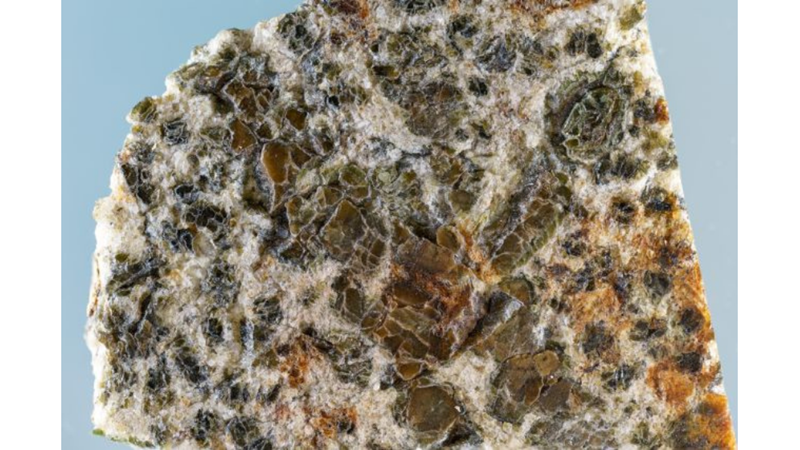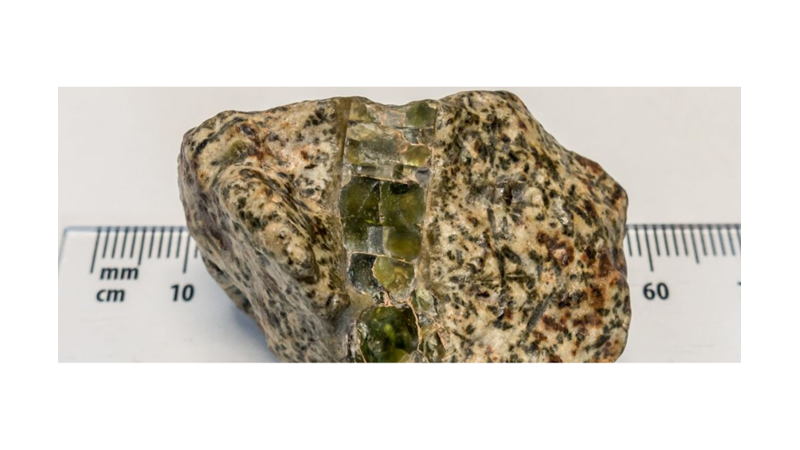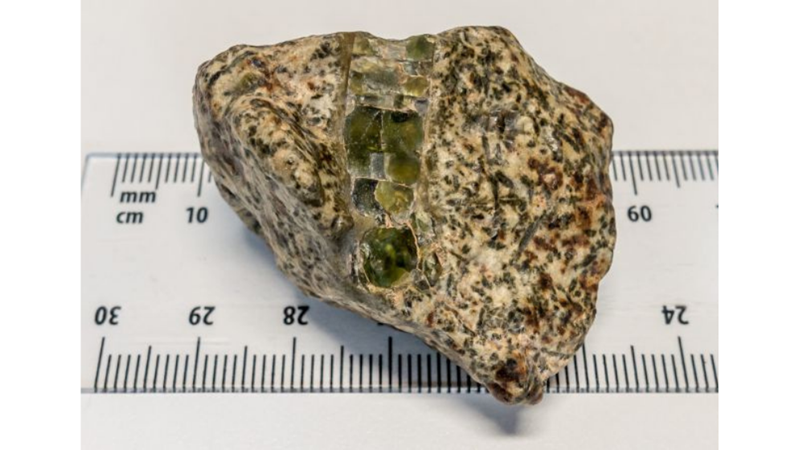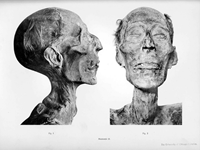An ancient piece of space rock that fell to Earth is giving scientists the clues they need to understand the dust cloud from which the Solar System was born.
This rare object is known as Erg Chech 002, and an isotope it contains suggests that it is interspersed with radioactive material from recently exploded stars towards the end of the formation of our Solar System.
This is a fascinating glimpse into the solar environment billions of years ago, showing not only how meteorites can serve as time capsules that preserve the secrets of the past, but also how these secrets can be used to better understand what we later find in other space rocks.
The Sun, like all stars, was born from gas and dust. The solar nebula was a dense cloud floating in space, a denser region would collapse under gravity to form a baby star, accumulating more material as it spun and grew. Once the Sun had had its fill, the disc of material left over began to form the planets.
We have a rough idea of what's inside the nebula. After all, our own planet and all the other planets, rocks and dust drifting through the Solar System were formed from it. But in most of these places, much has changed chemically in the 4.6 billion years since the Sun was just a twinkle in a cloud of dust.
In contrast, meteorites and asteroids have remained more or less unchanged since then, and are thought to represent a relatively undisturbed sample of the Solar System at the time of their formation. We can therefore study them to find out when they were formed and the composition of the material from which they were formed.
Which brings us back to Erg Chech 002, a meteorite older than Earth and unlike any other. Discovered in 2020 in the Erg Chech sand sea in south-western Algeria, the stone has an unusual andesitic composition linked to magmatic activity, suggesting that the object was once part of a planet whose development was stopped early, early in its formation.
One of the elements it contains is a stable isotope of magnesium called magnesium-26. Magnesium-26 is the decay product of aluminium-26, a particular radioactive aluminium isotope produced during the violent supernova deaths of massive stars.
Aluminium-26 has a relatively short half-life of 717,000 years, but its decay products can be used to reveal its past presence in materials and calculate the age of objects in which they are found.
A team of scientists led by cosmochemist Evgenii Krestianinov from the Australian National University in Australia has now used this isotope clock to extract the distribution of aluminium-26 in the solar nebula.
Based on the proportions of radioactive decay products, they calculated the age of the meteorite. Their calculations were consistent with previous calculations of the age of Erg Chech 002 - 4.566 billion years.
The team then made a comparison with other well-preserved ancient meteorites with similar rock composition. The team found that Erg Chech 002 contained significantly more aluminium-26 than the other meteorites, and interpreted this result to mean that aluminium-26 was unevenly distributed in the Sun's nebula.
They believe that these findings represent a late entry of stellar material into the solar nebula, bringing with it newly formed radioactive isotopes, including aluminium-26, which were taken up on the nascent planet from which Erg Chech 002 came.
Previous research suggested that the infant Solar System was flooded with radioactive material from supernova explosions as the Sun was being born. The work of Krestianinov and colleagues represents another piece of the puzzle regarding this interesting period in our ancient history.
Source: https://www.sciencealert.com/


 Nielawore
Nielawore











Yorum yazmak için lütfen giriş yapınız